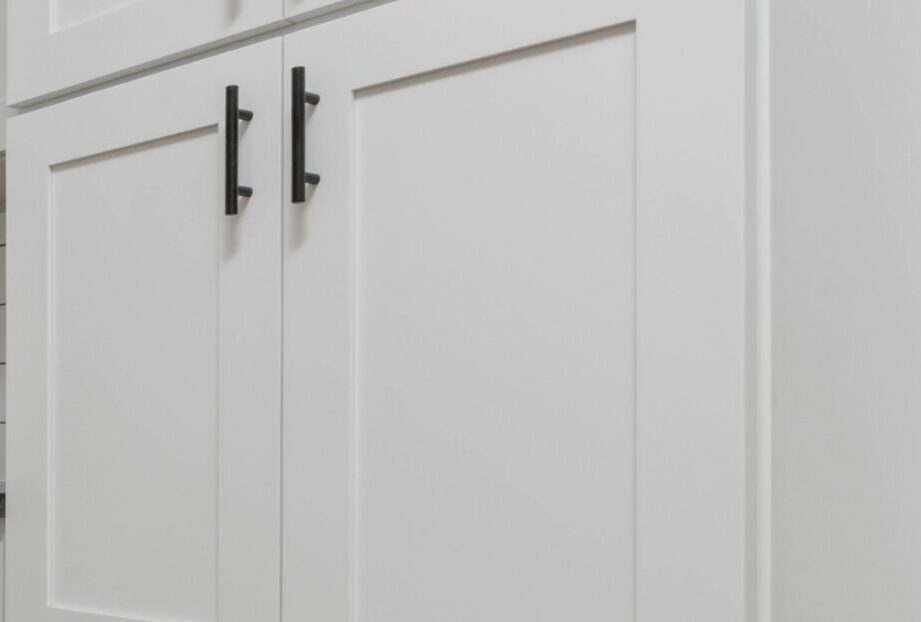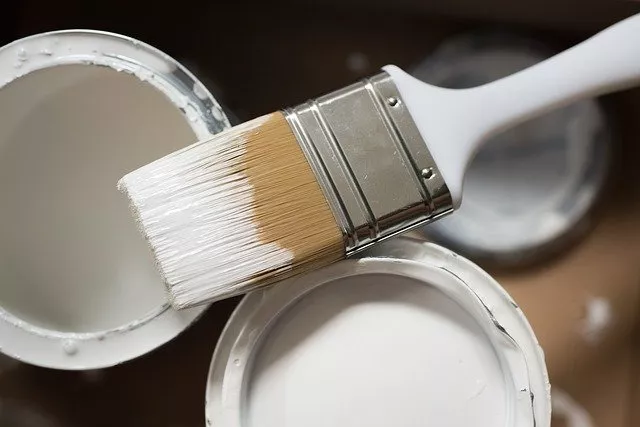How to Choose the Right Kitchen Cabinets
Choosing right kitchen cabinets is not as simple as it seems. You have to consider design, functionality, durability, and cost, as well as so much more! Luckily, we're here to help.Assess Your Needs and LifestyleStorage Requirements: Consider how much storage space you need. Think about the types of items you store in your kitchen and ensure there’s enough room for everything.Usage: If you cook frequently, you might need more durable materials and efficient storage solutions. For a more casual kitchen, aesthetics might take precedence.Set a BudgetCost Range: Kitchen cabinets can vary widely in price. Determine your budget early on to narrow down your options.Quality vs. Cost: Balance between quality and cost. Sometimes investing a bit more upfront can save money in the long run due to durability and longevity.Choose the Right MaterialSolid Wood: Offers a classic look and durability but can be expensive.Plywood: A good balance between cost and durability.MDF (Medium-Density Fiberboard): Affordable and smooth, but less durable than wood. Also, MDF can be harmful, so make sure to check that first.Particleboard: The most budget-friendly but also the least durable.Select a StyleTraditional: Features ornate details and classic finishes.Modern: Sleek lines, minimalistic design, and often uses materials like glass and metal.Transitional: A blend of traditional and modern elements, offering flexibility in design.Consider the FinishPainted: Offers a wide range of color options and a smooth finish.Stained: Highlights the natural beauty of wood grain.Laminate: Durable and easy to clean, available in various colors and patterns.Think About FunctionalitySoft-Close Hinges: Prevents doors from slamming shut.Pull-Out Shelves: Makes it easier to access items at the back of the cabinet.Lazy Susans: Great for corner cabinets to maximize space.Measure Your SpaceAccurate Measurements: Ensure you have precise measurements of your kitchen space to avoid any fitting issues.Layout Considerations: Think about the kitchen layout and how the cabinets will fit into the overall design.Consult a ProfessionalExpert Advice: A kitchen designer can provide valuable insights and help you make the best choices based on your needs and preferences.Installation: Professional installation ensures that your cabinets are fitted correctly and securely. Learn more about kitchens


